Streptocarpus: proper flower care at home
Streptocarpus is a plant of extraordinary beauty, a representative of the Gesneriaceae family, whose homeland is considered to be South America and Madagascar. Its bright flowers can be found in tropical forests and on the mountain slopes of the subtropics.
How not to grow such beauty at home on the windowsill? Many growers have learned how to grow streptocarpus at home, and it's not that difficult.
Content:
- Indoor plant description
- Lighting, humidity and temperature
- Soil and container for a flower
- Watering and feeding
- Plant propagation
- Diseases and pests, ways to deal with them
Indoor plant description
Streptocarpus has elongated dark green wrinkled leaves, they are collected in a beautiful rosette. Their length sometimes exceeds 25 cm, and their width reaches 7-8 cm. The plant produces strong peduncles on which 2-3 flowers are located, on an adult streptocarpus there can be much more of them.
Breeders have bred many varieties of this amazing plant, among them there are varieties with double and semi-double flowers.
There are variegated and fragrant varieties that differ in a wide range of color shades. Their flowers come with a border or stripes, with edging and splashes, with a mesh weave and with bright bells. Some species are distinguished by the large size of flowers, almost like gloxinia.
For those who have already had to grow violets, it will be easy to grow streptocarpus. But you should, of course, take into account some of the features of his departure.
Lighting, humidity and temperature
The flower tolerates both natural light and artificial light well. A pot with a plant can be placed on any window, but only without direct sunlight. The room where the flower grows must be humidified and ventilated.
If you want to achieve year-round flowering of streptocarpus, you need to use artificial daylight.
Daylight hours should be at least 12 hours. If this is not possible, the flower will rest for a couple of months and bloom again with the first spring rays. Young plants and cuttings should be kept at a temperature of 20-25 degrees. Temperature jumps are easily tolerated by them.
Adult plants tolerate temperatures as low as 10C in winter. If you create natural light for them, then they will grow fresh greens and strengthen root system... Lighting and humidity can be considered the main requirements for growing this plant. They can be created artificially. For light, use a fluorescent lamp, placing it above the flower, and create moisture with the help of adjacent vessels with water.
Soil and container for a flower
The plant does not tolerate dense soil and excessive watering. Like any representative of the Gesneriaceae, it “breathes” with the root system. Based on this, it is easy to assume that the flower needs a good drainage system and a light substrate, the acidity of which should correspond to a pH of 6.5-6.9.
A soil for violets is suitable for a flower, if it is diluted 40% with perlite.
You can prepare the soil mixture yourself.To do this, you need to combine in equal proportions black soil, peat, vermiculite, humus and perlite with charcoal. For germination of plants, black soil is not used. The flower container should be wide and low, since the flower has a shallow root system.
Tip: the flower pot should be smooth from the inside, roots grow to the rough clay pot, and when transplanting the flower will be difficult to remove from the pot without damaging its root.
Watering and feeding
In order for streptocarpus to have a healthy root system, juicy foliage and bloom well, the plant must be provided with moderate watering:
- You need to water the plant with settled water, the temperature of which is a couple of degrees above room temperature.
- With excessive watering, you need to dry the soil, since waterlogging will lead to root decay and, in the future, to the death of the flower.
- Do not be afraid to dry the flower, watering will quickly restore the elasticity of the leaves. The earthen lump periodically needs to be dried also because in this way it is possible to prevent the development of fungal diseases, which quickly spread in a humid environment.
Streptocarpus, like other plants, sometimes needs feeding, especially during growth and at the beginning of flowering. You can feed the flower with the help of nitrogen, phosphorus and potash fertilizers (they can be mixed in equal parts). When a flower is resting, for example in winter, it does not need to be fertilized. With the onset of spring, the plant can be fertilized and continue to fertilize every 10 days until flowering.
Plant propagation
Streptocarpus can be propagated in several ways:
- By dividing the bush... When the plant grows, the plant bush releases side stepsons, they also grow and bloom, but for more effective flowering, they can be planted in a separate pot. At the same time, the faded flower stalks are removed and the transshipment method carefully removes the flower from the container, shakes off the soil and divide it into parts with a sharp knife, each of them must have its own root. Sections need to be treated with activated carbon. Delenki are placed in separate containers prepared in advance.
- By cuttings... Cuttings are made using a healthy, strengthened leaf. The leaf is cut into transverse segments, which will later become cuttings. You can also divide the leaf along the central vein and, after a short 20-minute drying, plant parts of the leaves with the cut down. The ground around the leaf is gently pressed, and the plant is placed in a mini greenhouse (covered with a jar or plastic bag). If condensation forms on the film, it must be constantly removed, since the humidity should be moderate. The planting soil should consist of peat, vermiculite and perlite. After four weeks, roots will begin to appear, and after another four the first leaves will hatch. You can transplant a flower only after the appearance of the second leaf.
- Seeds... Streptocarpus can be propagated by seeds, but to obtain them you need to pollinate the flower. The plant is capable of self-pollination and some species have a spiral-shaped seed capsule, it will begin to dry out in a month, later it will burst and the seeds will spill out. To collect the seeds in full, the seed box is removed in advance and placed in a dry place, wrapped in a napkin for full ripening. You can sow seeds at any time of the year, the main thing is that the daylight hours correspond to 12 hours. Seeds are sown in a flat dish with moistened soil; you do not need to sprinkle them on top. Having sown them, you need to cover with a jar, which will need to be removed daily to air the seeds for 10-15 minutes. Condensation is removed, the temperature should be 22-25 degrees. In half a month, seedlings will appear, and in a month the plant can be dived. The second pick will require the allocation of a plastic cup for the plant, which is still one hundred grams. With each subsequent transplant, the glass will increase by two centimeters.At the bottom of the glass, as in the case of the main planting, drainage is laid, then light, easily moistened soil or mixture, and only then the plant is carefully planted.
Remember! A seed-planted streptocarpus is a hybrid that is unable to match the color and shape of the original mother flower.
Diseases and pests, ways to combat them
Streptocarpus, like other plant species, unfortunately, can get sick. As a rule, improper care becomes the main cause of illness.
- Leaves rot in winter. The cause of the disease can be a decrease in temperature and waterlogging of the soil. You can save the flower by placing it in a warm and bright place, reducing watering (especially its volume) and sprinkling the flower with sulfur.
- Rolling leaves. The leaves of the flower curl mainly due to a lack of watering, it needs to be strengthened.
- Pedicels are covered with sticky small insects - this is aphid... It is necessary to spray the flower with safe aphid remedies, such as Akarin and Aktofit.
With the timely detection of the disease and the correct approach to its treatment, the plant can be easily saved from any misfortune.
There are about 130 species of streptocarpus and each of them is magnificent and unique in its own way. But all species share the positive features of the plant:
- the flower is absolutely easy to grow and care for
- it blooms long and beautifully, sometimes from spring to winter
- under artificial lighting can bloom all year round
- without flowering, he is beautiful too
- perfectly reproduces in almost all parts
The list can be continued, but it is clear that the flower deserves to be considered one of the best breeding achievements and it will worthily take a place on your windowsill among other favorite plants. Observing all agrotechnical requirements, it is easy to achieve the desired result in growing a flower, and home care will not be difficult and painful, but will only bring pleasure.
More information can be found in the video:



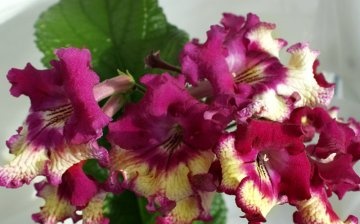



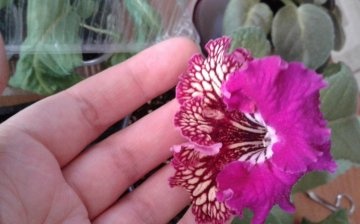
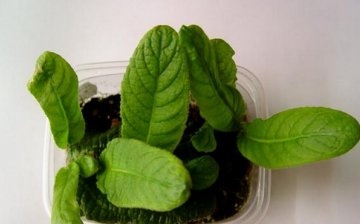









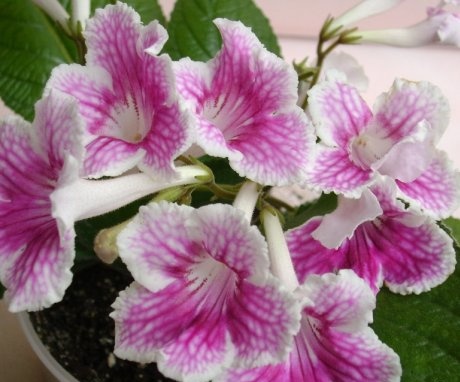
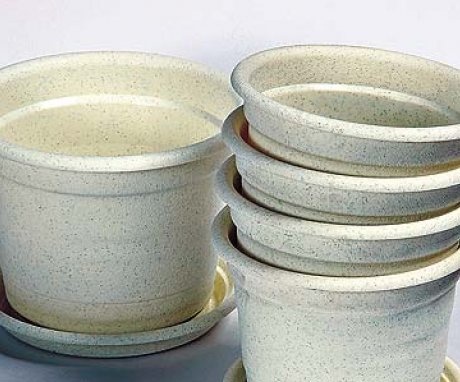
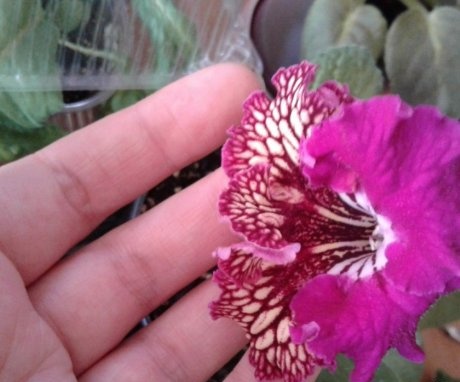
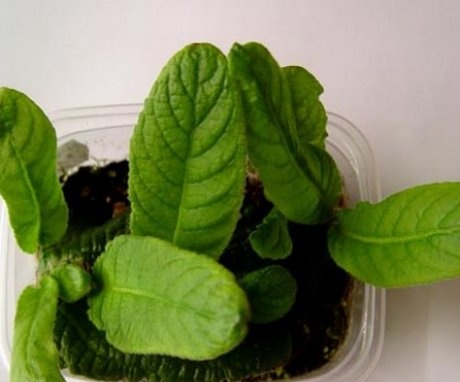
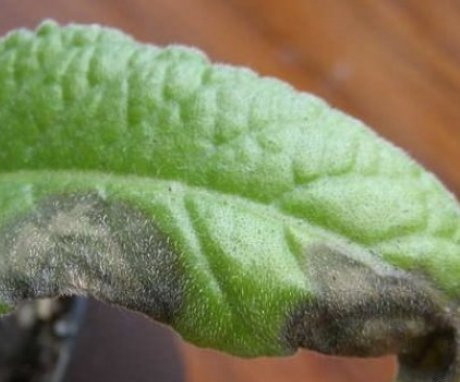
A very beautiful flower, I see such for the first time and the name is not familiar. But I already want to plant one like this. Usually flowers that bloom so profusely require especially careful care and feeding.